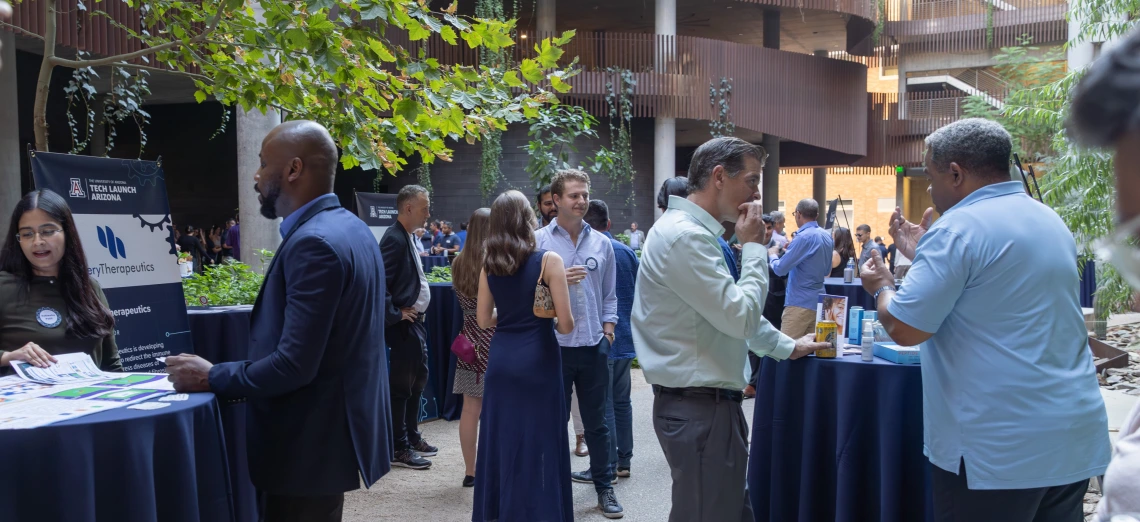Image

We are driven by a commitment to fairness and the desire to see every invention licensed to maximize its impact on making a better world. We match U of A inventions with companies who can move them forward into the marketplace.
Every technology is unique and carries with it has its own set of features, value propositions, and market opportunities. Therefore, the path towards commercialization may look different among inventing teams.
Types of agreements:
- Exclusive agreements: In these one-to-one relationships, only the licensee can make use of the IP.
- Non-exclusive agreements: These are one-to-many agreements, where many licensees can make use of the IP.
- Option agreements: These agreements allow a prospective licensee to evaluate a patented technology for a limited amount of time (usually one year), giving them the option to enter into a longer-term licensing agreement.
- Materials transfer agreements: Common to university environments, these agreements – referred to as “MTAs” – allow for the sharing of research materials such as reagents, cell lines, plasmids and vectors between organizations.
Standard U of A Agreements
These template agreements represent the starting point for commercializing U of A discoveries.

